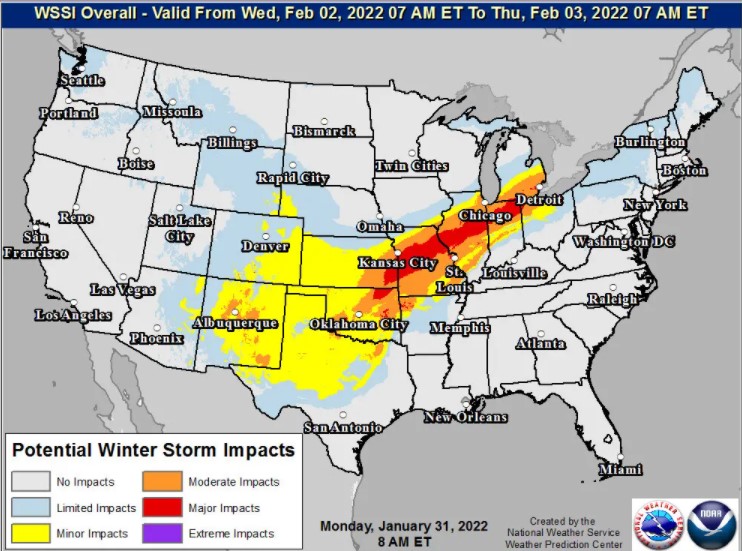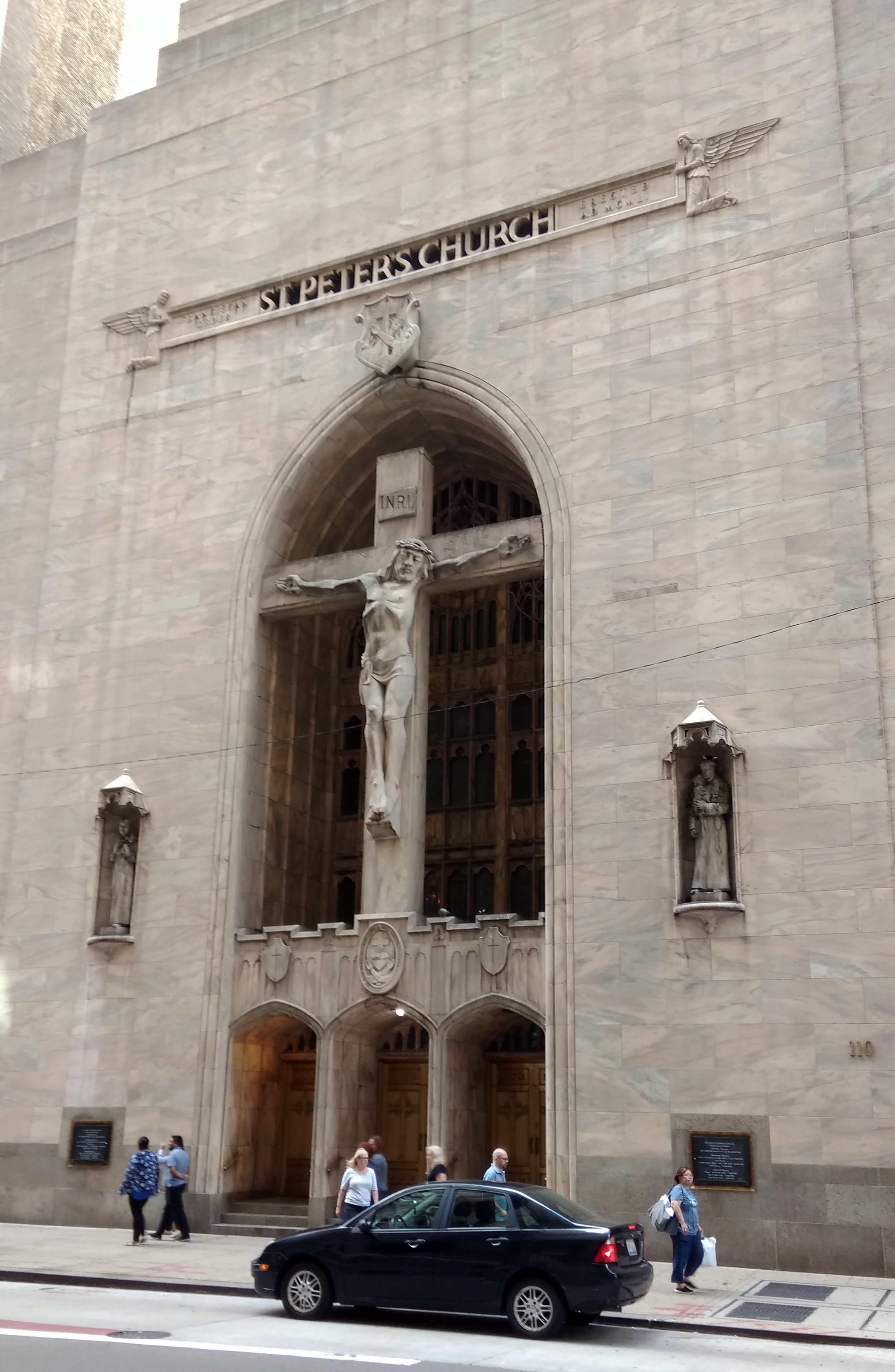Our downstairs calendar is astronomy themed, obtained from my Secret Santa at work during the holidays. The year before, I’d asked for postcards, and got some packs of them. I decided an astronomy calendar would be the thing last Christmas, so that is what I asked for.
It’s called Astronomy with Phil Harrington, published by Willow Creek Press. Harrington seems to be something of a cottage industry when it comes to popular astronomy works. As for Willow Creek, it publishes scads of calendars, from Abstract Art 2024 to Zoo in a Box. Good for them. My calendar suggestions for 2025: Great Elevators of Europe, Vintage American Bottle Caps, and Classic TV Shows That Lasted A Season Or Less.
It’s a fine calendar, chock-a-block with information, and excellent images of celestial sights. For March, the Hubble Ultra-Deep Field image, said to capture roughly 10,000 galaxies, an imponderable number of places and yet a vanishingly tiny fraction of them all. For April: a photo of the total eclipse of 2017, for obvious reasons.
I look at the calendar often. I looked at it this morning and learned that today is the vernal equinox, at 10:06 p.m. Central Daylight Time, when the sun appears straight above the equator, headed (so to speak) northward. Not, I think, the “first day of spring.” Not around here anyway. For the last week, the chill we didn’t get much in February has slipped into March.
I’d have thought the equinox would be on the 20th or 21st, and I suppose by Coordinated Universal Time it is on the 20th, but the time I care about is CDT. Turns out the vernal equinox is earlier than usual this year, due to the leap year and other factors too complicated for me to relate.
As if to mark the vernal equinox – though I’m sure it’s a coincidence – a tree service hired by the village came by today to trim the trees along the street. Those in the “parkway,” that is, the land between the street and the lot lines, and thus belonging to the village. Public trees.
After the trimming, which I was too busy to document, came a wood chipper. I was ready for that.
I noticed that the machine is a Morbark brand. (Not Mo’BetterBark.) I had to look that up. Turns out the village is supporting Michigan manufacturing by having one.
“The year was 1957 when Norval Morey, a local sawmill operator, took the first risky step into manufacturing armed with a patent for a portable pulp wood debarker,” the company web site says. “The Morbark Debarker Company was born that year, and nobody in Winn, Michigan, could have predicted the growth that the company would experience over the next five decades.”
Fearsome machines, those wood chippers. The kind of death maw that a villain dangles James Bond over, only to fall in himself when 007 inevitably makes his escape from the trap.
The Bond bon mot at that moment (Roger Moore, I picture it): “Bet that chap has a grinding headache.”








